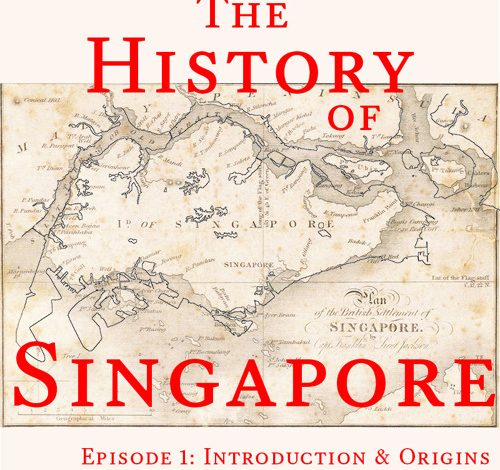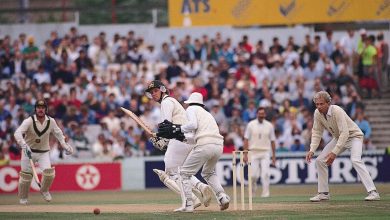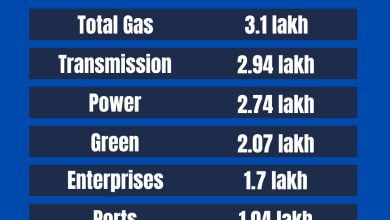Introduction And History of Singapore: A Fascinating Journey

Welcome to Singapore, a small but mighty city-state in Southeast Asia. This article will guide you through its rich history and vibrant present. Singapore has grown from a fishing village to a global powerhouse. Let’s explore its journey.
Early Beginnings
Singapore’s history dates back to the 14th century. It was known as Temasek, which means “Sea Town” in Javanese. This place was a bustling trading port even in ancient times.
Colonial Era
The British arrived in Singapore in the 19th century. Sir Stamford Raffles, a British statesman, landed in 1819. He saw the potential of Singapore as a trade hub. The British established a trading post here. This marked the start of the colonial era in Singapore.
World War II and Japanese Occupation
During World War II, Singapore faced dark times. The Japanese army invaded in 1942. The British surrendered, and Singapore was under Japanese rule. This period was tough for the people of Singapore.

Credit: www.youtube.com
Road to Independence
After World War II, Singapore returned to British control. However, the desire for self-governance grew. In 1959, Singapore gained self-rule. Lee Kuan Yew became the first Prime Minister. He played a crucial role in shaping modern Singapore.
Merger and Separation
In 1963, Singapore joined Malaysia. This union was short-lived. By 1965, Singapore separated and became an independent nation. This was a pivotal moment in its history.
Economic Development
Post-independence, Singapore focused on economic growth. The government implemented various policies. These policies attracted foreign investments. Singapore transformed into a global business hub.
Education and Healthcare
Singapore invests heavily in education and healthcare. The education system is world-renowned. Healthcare is accessible and of high quality. These sectors have contributed to its progress.
Modern Singapore
Today, Singapore is known for its skyline, culture, and innovation. It is a melting pot of cultures. People from all over the world call Singapore home.
Key Milestones in Singapore’s History
| Year | Event |
|---|---|
| 1819 | Sir Stamford Raffles arrives in Singapore |
| 1942 | Japanese Occupation during World War II |
| 1959 | Singapore gains self-rule |
| 1963 | Singapore joins Malaysia |
| 1965 | Singapore becomes an independent nation |
| 2023 | Singapore celebrates its progress and achievements |
Credit: www.worldscientific.com
Frequently Asked Questions
What Is The Origin Of Singapore?
Singapore originated as a British trading colony in 1819.
When Did Singapore Gain Independence?
Singapore gained independence on August 9, 1965.
How Did Singapore Develop Rapidly?
Strategic location and strong economic policies fueled rapid development.
Who Founded Modern Singapore?
Sir Stamford Raffles founded modern Singapore in 1819.
Conclusion
Singapore’s journey from a fishing village to a global city is inspiring. It has overcome many challenges. Today, it stands tall as a symbol of progress and innovation.
We hope this article has given you a good understanding of Singapore’s history. Visit Singapore to experience its vibrant culture and dynamic cityscape.
FAQs
- What was Singapore originally called? Singapore was originally called Temasek.
- When did Singapore gain independence? Singapore gained independence on 9th August 1965.
- Who is considered the founding father of modern Singapore? Lee Kuan Yew is considered the founding father of modern Singapore.
- What is Singapore known for today? Singapore is known for its skyline, cultural diversity, and economic prowess.
Thank you for reading about the introduction and history of Singapore. Stay tuned for more exciting articles!




